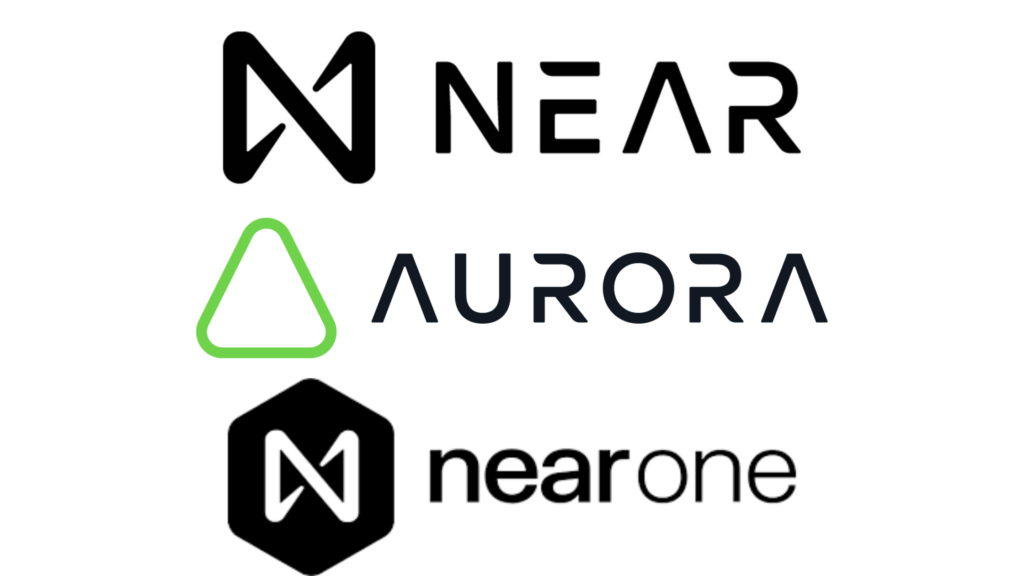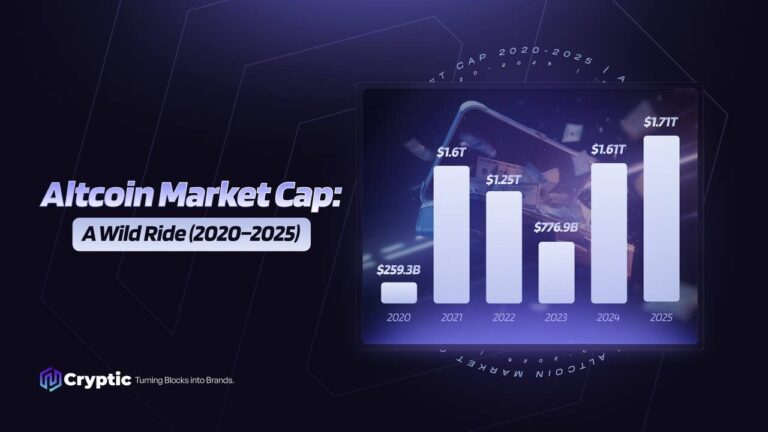Illia Polosukhin, co-founder of NEAR Protocol, Bowen Wang, CEO of NEAR One, and Alex Shevchenko, co-founder and CEO of Aurora Labs and Defuse Labs, share their insights on the future of blockchain technology, scalable infrastructure, and the role of decentralized autonomous agents powered by AI. Representing key pillars of the NEAR ecosystem, they discuss innovations such as sharding, chain signatures, and NEAR Intents, highlighting how these technologies enable a secure, interoperable, and user-owned digital economy.

Authority and vision
Illia Polosukhin, Bowen Wang, and Alex Shevchenko bring together experience and leadership that underpin their insights into the future of blockchain and artificial intelligence. Illia, co-founder of NEAR, has led the vision of creating a scalable infrastructure aimed at mass adoption with a focus on usability. Bowen, CEO of NEAR One, leads technical initiatives that push the state of the art forward, from advancing sharding to innovating in private AI.. Alex, heading Aurora Labs and Defuse Labs, develops solutions that enable interoperability and the execution of complex transactions across blockchains, pioneering the way to a truly multichain Web3 and unifying liquidity across fiat and crypto networks..
They emphasize the importance of ensuring that artificial intelligence functions as an extension of the user, aligned with their interests and provably secure, with blockchain serving as a reliable foundation for this new reality of autonomous agents. Concepts such as sharded smart contracts, cross-chain bridges, and chain signatures are central elements for the evolution of this technology.
Their combined technical expertise and strategic perspective highlight the challenges and responsibilities involved in building an ecosystem that balances scalability with decentralization. The goal is to establish a robust framework that places control firmly in the hands of users while supporting the complex demands of emerging AI-driven applications. This pragmatic approach reflects NEAR’s ongoing efforts to create a sustainable and inclusive digital infrastructure.
The role of NEAR Protocol in the new digital era
Central to their discussion is a deep dive on the architecture of the NEAR Protocol itself, a next-generation blockchain platform engineered for scalability through technologies such as sharding, which divides the blockchain into parallel segments to increase throughput. The integration of chain signatures enhances security and cross-chain communication, enabling smart contracts to interact seamlessly with multiple blockchains. Together, these features position NEAR as a foundational layer for the open, decentralized internet, an infrastructure that aims to democratize access, empower users with control over their digital assets, and support the complex demands of emerging decentralized applications and AI-driven agent economies.
Blockchain as infrastructure for autonomous agents and open-source AI
The interviewees share a compelling vision where blockchain technology, particularly through the NEAR Protocol, serves as the backbone for an ecosystem of autonomous agents capable of executing complex, machine-to-machine payments. Unlike traditional centralized systems burdened by slow processes and strict KYC requirements that cannot be realistically applied to AI agents, blockchain offers a trustless, scalable environment where these interactions can occur seamlessly and securely. NEAR’s architecture is specifically designed to handle high-throughput, complicated escrow-style transactions at scale, enabling a new generation of AI-driven commerce that respects privacy and user sovereignty.
Beyond technical capabilities, the conversation highlights the ethical dimension of building AI systems that truly belong to their users. The vision embraces open-source AI models that are transparent, collaboratively developed, and monetizable by their contributors, coordinated through blockchain mechanisms. This approach counters the concentration of power by a few centralized entities and promotes a decentralized, user-owned digital future. The scalability and interoperability features of NEAR are fundamental to realizing this vision, allowing millions of autonomous agents to operate efficiently while aligning with human values and accountability.
Technical architecture: sharding, chain signatures, and NEAR Intents
The technical architecture of the NEAR Protocol is a sharding model, which divides the blockchain into multiple parts (shards) to distribute transaction processing and data storage. This approach allows the network to scale horizontally, increasing its capacity as new shards are added, essential for supporting millions of simultaneous users. Unlike monolithic blockchains that face rigid capacity limits, NEAR can dynamically and efficiently expand its throughput, preparing the infrastructure for mass adoption as well as greater AI adoption.
Beyond the first iteration of sharding, NEAR has developed sharded smart contracts, an innovation that enables complex contracts to operate across multiple shards. This eliminates the bottleneck caused by processing concentrated on a single shard, significantly enhancing performance and capacity for sophisticated applications. Complementing this framework, chain signatures add a layer of security and interoperability, allowing NEAR accounts and contracts to authenticate transactions, sign messages, and interact with other blockchains. This applies not only to DeFi and other Web3 native use cases, but eventually across traditional commerce as well, enabling AI agents to function as autonomous businesses.
A key component enabling new large-scale use cases is the concept of NEAR Intents, a protocol to orchestrate automated actions between agents and contracts within the ecosystem. With Intents, it is possible to create seamless user experiences, simplifying complex interactions and enabling automatic payments, negotiations, and other multi-step operations. This technical combination makes NEAR not just a scalable blockchain, but a versatile platform capable of supporting the next generation of the decentralized internet and autonomous digital economy.
Future vision and the community’s role
The conversation ended with a powerful reminder that decentralization goes beyond technology, it is a fundamental belief that shapes the future of Web3 as a space of freedom, trust, and collective opportunity. The speakers emphasized the importance of a community aligned with these values to truly build this new digital era together. NEAR Protocol plays a central role in enabling this vision, serving as a bridge to an open, accessible, and user-owned internet. For those interested in exploring the developments and innovations driving this future, information can be found through Near Protocol, Near One, and Aurora.
Disclaimer: This article is based on an interview and reflects the personal views and opinions of the featured speaker. It is intended for informational purposes only and should not be considered financial, investment, or legal advice. Readers are encouraged to conduct their own research and consult with qualified professionals before making any financial decisions.



